A detective story from the ruins of war — about the man Hitler once called “the most dangerous in Europe.”
1. Vienna, 1908 – The Beginning of a Shadow
Vienna, in the twilight years of the Austro-Hungarian Empire, was a city poised between beauty and decline. It was here, on June 12, 1908, that Otto Johann Anton Skorzeny was born — the son of a respectable middle-class engineer. The family prized discipline and education, but young Otto’s imagination leaned toward danger.
At the Vienna Technical University, he studied civil engineering, fencing, and flight mechanics. A tall, broad-shouldered man, he bore the distinctive dueling scar — a “Schmiss” — across his left cheek, the mark of an Austrian university duelist. To his peers it symbolized courage; to Skorzeny, it was an emblem of identity.
Politically, the city around him was seething. Economic collapse and nationalist fervor pushed many young men toward radical ideologies. Skorzeny joined the Austrian Nazi Party in 1933, years before Germany annexed Austria. He saw in National Socialism not merely politics, but a stage for those who craved boldness and order amid chaos.
When Hitler’s Germany absorbed Austria in 1938, Skorzeny’s loyalty was rewarded. He joined the Schutzstaffel (SS) and later the Waffen-SS, combining his technical mind with a taste for adventure.
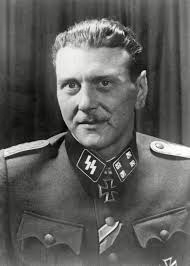
Sources:
– Otto Skorzeny – Wikipedia
– Britannica Biography
2. The Making of a Commando
By the outbreak of World War II, Skorzeny had become an officer in the SS Division Das Reich, fighting on the Eastern Front. The brutal winters of 1941–42 tested him to the edge of survival; he was wounded by shrapnel near Moscow and evacuated.
During recovery, his quick thinking and engineering precision caught the eye of SS leadership. He proposed specialized units for sabotage, deception, and rescue missions — precursors to modern special-operations forces.
His vision impressed Hitler’s staff. By 1943, Skorzeny was promoted to Sturmbannführer (Major) and placed in charge of a commando school in Friedenthal near Berlin — a breeding ground for unorthodox warfare.
3. Operation Eiche – The Eagle’s Raid
September 12, 1943.
High atop Italy’s Gran Sasso mountain, dictator Benito Mussolini sat imprisoned in the Hotel Campo Imperatore, guarded by loyal Italian troops after his fall from power. For Hitler, the humiliation of his ally’s capture was intolerable. He demanded a rescue that would shock the world.
Enter Otto Skorzeny.
He volunteered to lead a daring airborne assault. Twelve gliders, carrying German paratroopers and Skorzeny’s team, swooped down on the mountain plateau. The operation — “Eiche,” or Oak — succeeded without a shot fired. Mussolini was found unguarded, spirited away in a small plane, and delivered to Hitler’s headquarters.
The raid was filmed by Nazi propagandists and broadcast worldwide. In truth, Italian paratroopers under General Soleti had done much of the ground work, but it was Skorzeny’s towering figure and dramatic handshake with Mussolini that captured headlines.
Within weeks, he became the regime’s golden commando — awarded the Knight’s Cross of the Iron Cross and hailed by Joseph Goebbels’ propaganda machine as “the most dangerous man in Europe.”
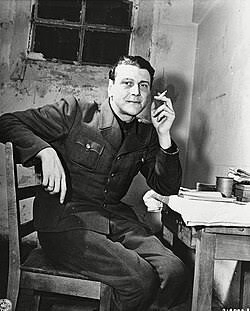
Read more:
– Operation Eiche (Gran Sasso Raid)
4. Budapest, 1944 – The Kidnapping of a Nation
A year later, Skorzeny’s reputation was tested in a far more complex arena: Hungary.
By October 1944, Regent Miklós Horthy was secretly negotiating Hungary’s surrender to the Allies. Hitler could not allow it — Hungarian oil fields were vital to the war effort.
Skorzeny was ordered to stop the defection. His plan was swift and ruthless.
On October 15, his men seized Miklós Horthy Jr., the Regent’s son, and delivered him to German custody. With the younger Horthy as leverage, the elder was forced to abdicate. German-backed leader Ferenc Szálasi took power, binding Hungary once more to Berlin.
The mission, Operation Panzerfaust, succeeded bloodlessly but symbolized the moral void of Nazi power politics: loyalty enforced by kidnapping.
Skorzeny’s name, however, only grew more notorious.
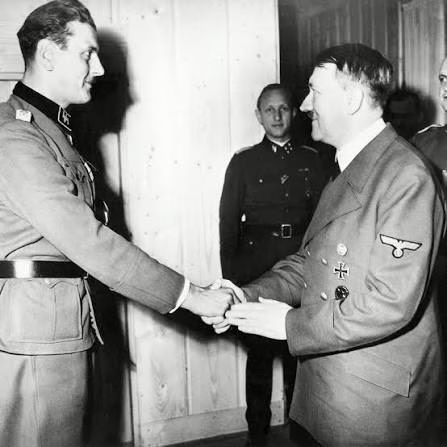
Reference: Operation Panzerfaust – Wikipedia
5. The Ardennes Gambit – Operation Greif
In December 1944, as the Allies pushed toward Germany, Hitler unleashed a desperate counteroffensive — the Battle of the Bulge.
Skorzeny’s task: sow chaos behind enemy lines.
He created Panzer Brigade 150, a unit of English-speaking Germans disguised as American soldiers. They would infiltrate Allied positions, misdirect traffic, sabotage supplies, and spread panic.
The ruse worked — for a time. Rumors spread that Skorzeny’s men planned to assassinate General Eisenhower, forcing the Supreme Allied Headquarters into lockdown. Though militarily limited, the psychological impact was immense.
After the war, this deception became the center of his prosecution.
Details: Operation Greif – Wikipedia
6. Trial and Escape
In 1947, Skorzeny faced an American military tribunal at Dachau, accused of violating the laws of war for his use of enemy uniforms. He defended himself with his characteristic composure, arguing that disguises were legal until combat began.
Surprisingly, Allied officers — including an American colonel — testified in his favor, admitting similar tactics in their own operations. The tribunal acquitted him.
Still, he remained detained under suspicion of other crimes. In July 1948, with the help of sympathizers (and possibly bribed guards), Skorzeny escaped from Darmstadt prison, fled through France, and eventually surfaced in Madrid, under Francisco Franco’s protection.
The world’s most wanted commando had vanished — again.
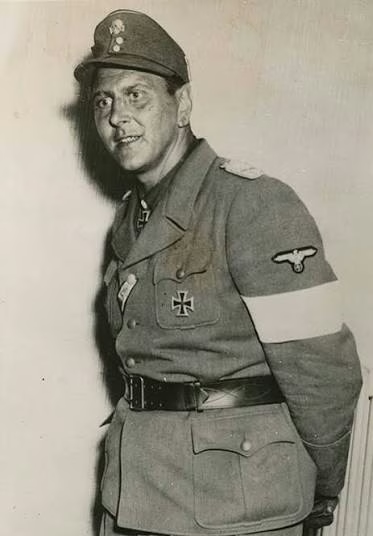
7. Madrid to Cairo – The Mercenary Years
In post-war Spain, Skorzeny reinvented himself as an engineer and businessman. He founded an import-export company, advised Latin American regimes, and maintained contact with ex-SS networks.
By the 1950s, his skills were in demand far beyond Europe.
In Egypt, President Gamal Abdel Nasser sought military expertise to modernize his army and intelligence services. Skorzeny became an adviser, recruiting fellow former Nazis — men with experience in rocketry and armored warfare.
Some historians believe this is where his path first crossed, indirectly, with the organization that would later recruit him: Mossad, Israel’s intelligence service.
Further reading:
– CIA files on Skorzeny (Declassified FOIA)
8. The Ghost Becomes a Weapon – Skorzeny and Mossad
By the early 1960s, the world thought Otto Skorzeny was finished — a relic of fascism living quietly under Franco. But in Tel Aviv, Israeli intelligence saw an opportunity where others saw a ghost.
The Threat
Egypt’s missile program, spearheaded by German scientists who had once built Hitler’s V-2 rockets, now aimed to produce missiles capable of striking Israel.
For Mossad chief Isser Harel, this was an existential threat. The program had to be dismantled — through fear, sabotage, or elimination.
The Approach
According to post-Cold-War testimonies and investigative reports — notably the Haaretz series and Yossi Melman’s analysis for The Jerusalem Post — Mossad decided on an extraordinary gamble: to recruit Otto Skorzeny himself.
The tale, repeated with variations, goes like this:
In Madrid, 1962, two Mossad operatives posing as journalists arrived at Skorzeny’s villa. He expected an assassination attempt; instead, they offered him a proposition. Work with them — or die.
Skorzeny reportedly burst out laughing. “If I help you,” he said, “will you guarantee I won’t end up like Eichmann?” (Adolf Eichmann, the Nazi logistics chief behind the Holocaust, had been abducted by Mossad in 1960 and executed in Israel.)
They promised protection. He agreed.
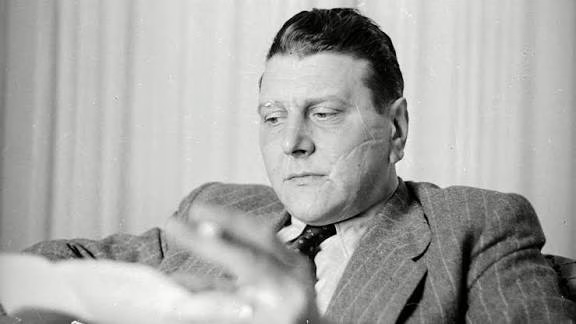
Background: Operation Damocles – Wikipedia
Investigative account: Haaretz: Did Mossad Really Recruit Otto Skorzeny?
The Double Game
Thus began one of the strangest alliances in intelligence history.
The man who once freed Mussolini for Hitler now worked, indirectly, for the Jewish state.
Under Mossad’s direction, Skorzeny allegedly provided detailed intelligence on German scientists in Egypt: names, addresses, travel habits. He warned some to abandon the program, terrified others with anonymous threats, and in certain cases arranged “accidents.”
Explosive packages, disguised letters, and mysterious car crashes followed.
Mossad called the campaign Operation Damocles; Western journalists dubbed it “Israel’s Nazi hunt in Cairo.”
Within two years, the missile project collapsed. Most scientists fled. Israel had won a shadow war — and Skorzeny had once again changed sides.
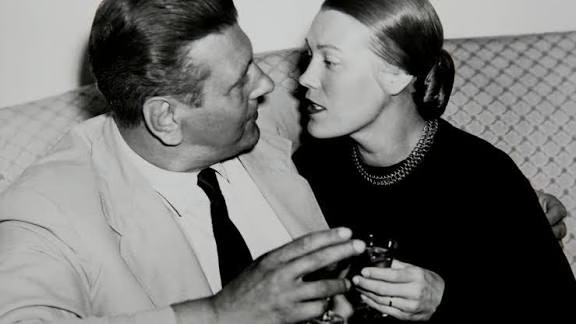
Reference: Jerusalem Post – Skorzeny and the Mossad connection
Motive or Masquerade?
Why did he do it?
Historians still argue. Some claim Skorzeny sought protection from Nazi hunters and Mossad’s long reach. Others believe he was motivated by money and ego — drawn to the intrigue itself.
A few, including former Mossad operatives quoted decades later, insisted he was genuinely helpful, even proud of the collaboration. Others dismissed the story as psychological warfare: a brilliant ruse to terrify his old comrades into quitting Egypt.
The truth may lie between these extremes. What’s certain is that Israeli files mention a “former Nazi officer in Spain” as a key source during the operation — and CIA memos confirm Skorzeny was in contact with intelligence intermediaries around the same time.
Whatever his motives, Otto Skorzeny once again proved that his loyalty belonged to the highest bidder — or to no one at all.
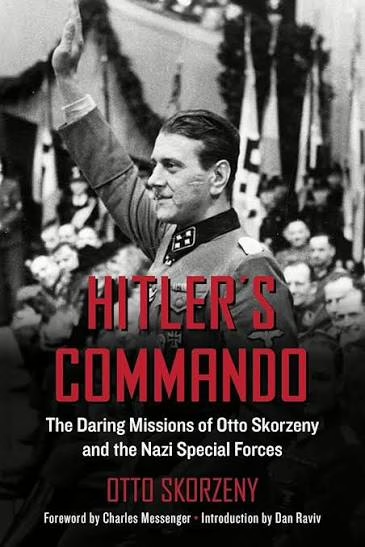
The Aftermath
Following the operation, Mossad allegedly granted him a safe-conduct letter and a passport under an alias, allowing travel through Western Europe without harassment.
From 1964 onward, Skorzeny withdrew from public view. He gave occasional interviews, published memoirs (“Meine Kommandounternehmen”, 1975), and hinted at “quiet service to unexpected friends.”
He never confirmed the Mossad collaboration. Yet when journalist researchers confronted surviving Mossad officers in the 1990s, one of them — speaking off record — said simply:
“Yes. He worked for us. And he did good work.”
9. The Final Disappearance
In July 1975, lung cancer finally silenced the man who had defied courts and countries.
He died in Madrid at 67, leaving behind a tangle of legends.
At his funeral, hundreds of admirers gathered. Old comrades raised their arms in the Nazi salute, chanting the anthem of a vanished empire. To them he remained a hero — the commando who humiliated the Allies.
But history remembers him differently: a man without ideology, guided by adventure, manipulation, and survival. A living paradox — Nazi, mercenary, and Mossad operative — whose life traced the moral fractures of the twentieth century.
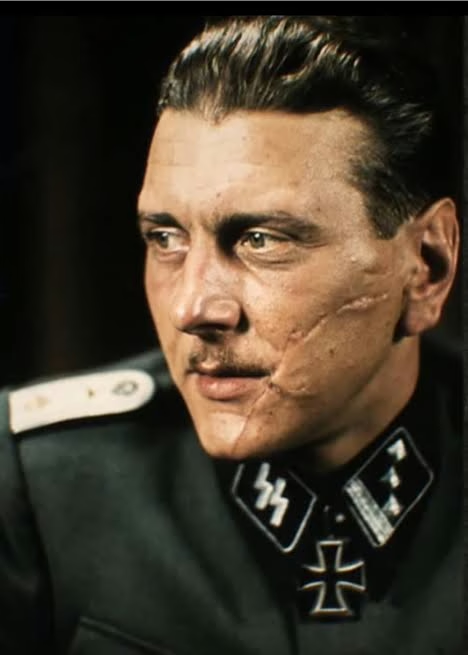
Obituary source: The New York Times (1975)
10. Epilogue – The Man Made of Smoke
Today, Otto Skorzeny remains both historical figure and myth. His wartime daring shaped the tactics of later special-operations forces; his post-war dealings blurred every line between justice and survival.
Declassified CIA documents mention him sporadically until the early 1970s. Mossad archives remain sealed, but Israeli historians continue to debate his true role. Was he an opportunist manipulating everyone around him, or a pragmatic survivor caught in a moral labyrinth?
His own words, scribbled in the margin of a draft memoir found after his death, perhaps explain him best:
“The only real victory is to remain unpredictable.”
And unpredictable he remained — a commando who freed a dictator, kidnapped a prince, sabotaged an army, and, perhaps, served the very people his former regime tried to destroy.
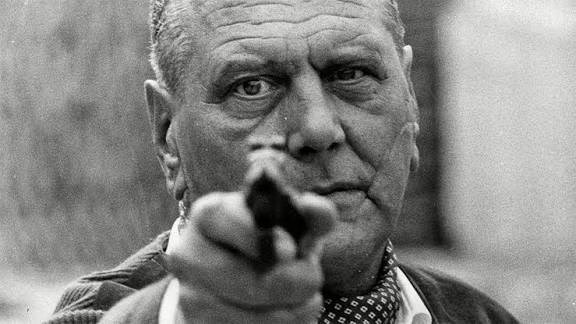
Suggested Reading & Primary Sources
- Otto Skorzeny, My Commando Operations (1975)
- Danny S. Parker, The Most Dangerous Man in Europe: Otto Skorzeny and the Nazi Commandos (2014)
- Mark Felton, Operation Panzerfaust (2016)
- Yossi Melman, Haaretz, “Did Mossad Really Recruit Hitler’s Favorite Commando?” (2018)
- CIA Reading Room – Skorzeny Files
- Reactionary International – Otto Skorzeny Database
Until next time!
